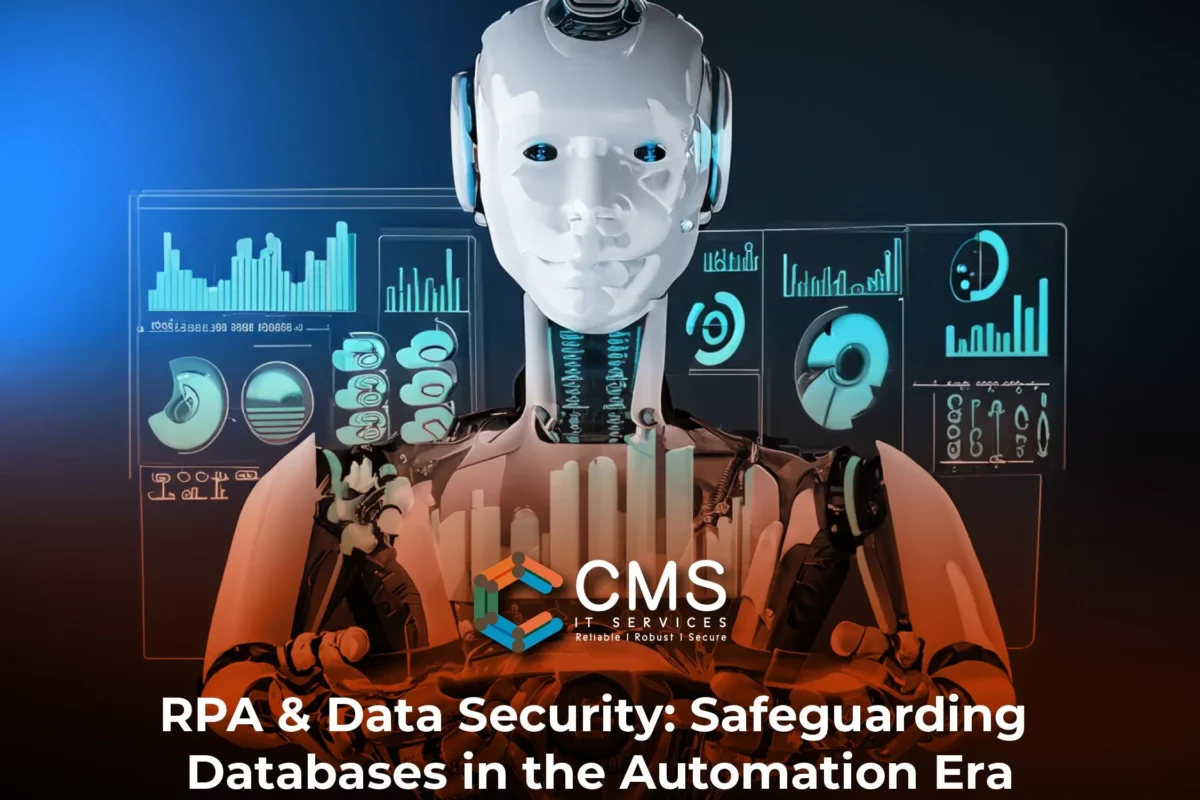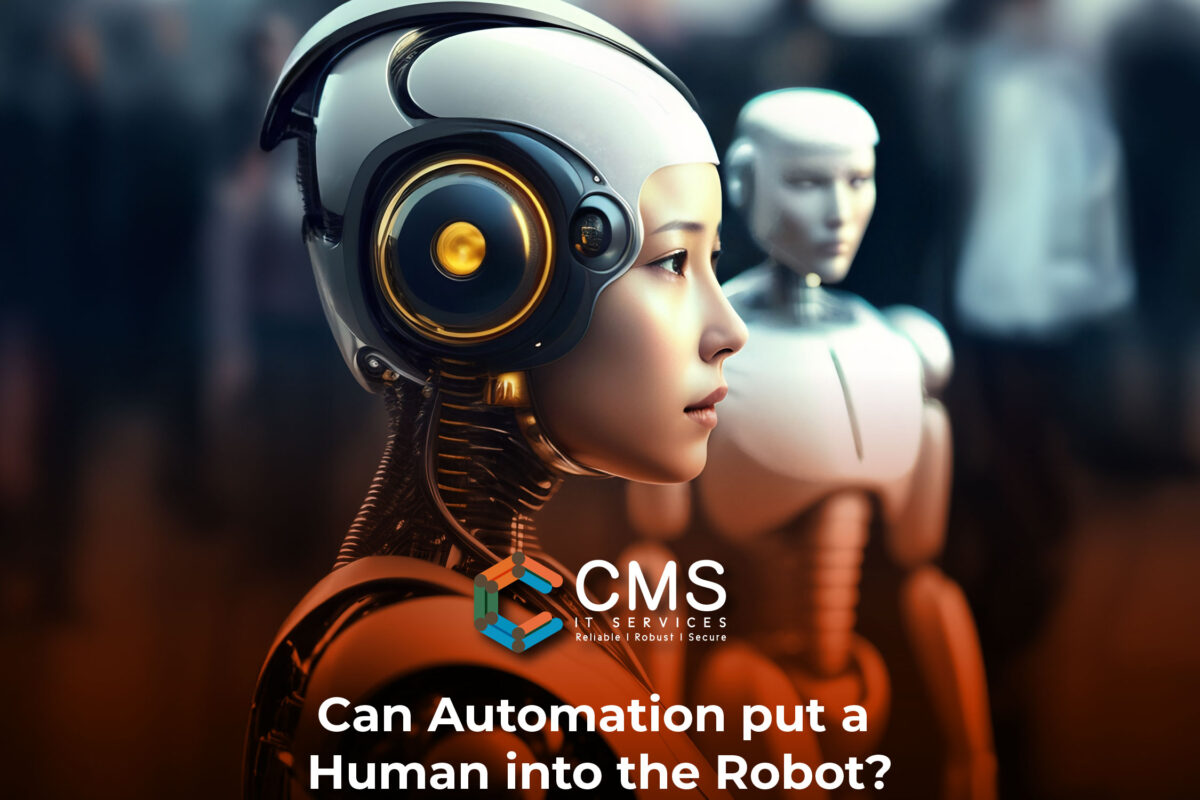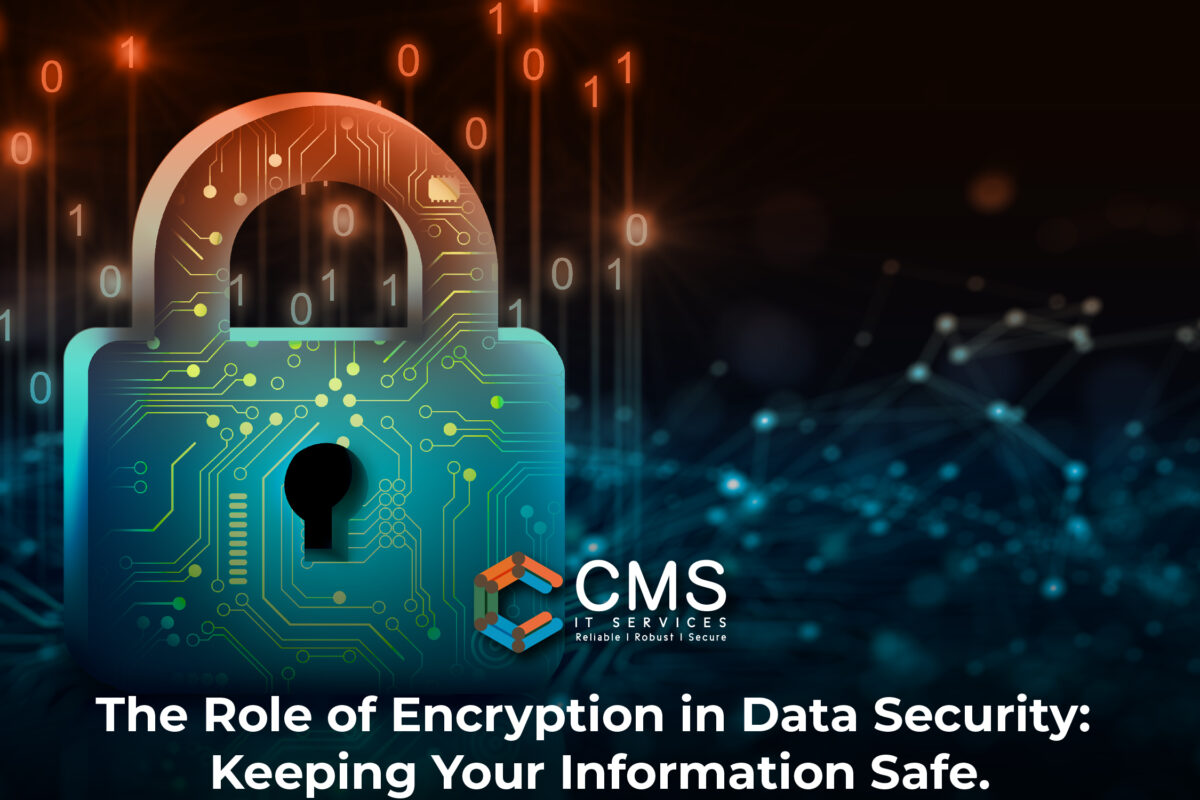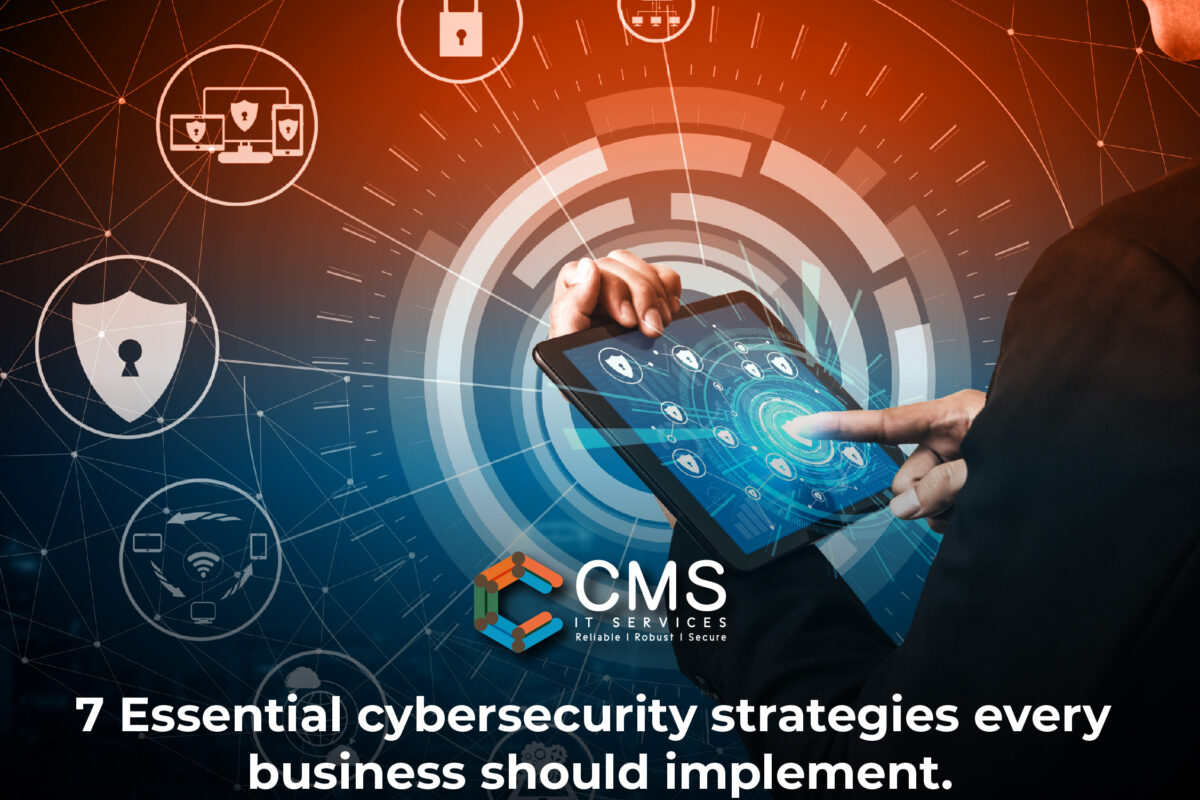In today’s rapidly evolving business landscape, Robotic Processing Automation (RPA) has emerged as a game-changer, streamlining operations and enhancing efficiency. However, the integration of RPA brings with it the critical concern of data security, especially in the realm of database security. In this article, we’ll delve into the symbiotic relationship between RPA and data security, shedding light on how organizations can navigate these waters while safeguarding their sensitive information.
Understanding Robotic Processing Automation (RPA)
Robotic Processing Automation involves the use of software robots or “bots” to automate repetitive tasks that were once performed by humans. RPA not only accelerates processes but also minimizes errors, resulting in heightened productivity. However, as RPA systems interact with databases containing confidential information, ensuring data security becomes paramount.
The Significance of Data Security in RPA
With RPA systems accessing and manipulating data, concerns around unauthorized access, data breaches, and cyber threats escalate. Database security, therefore, becomes a pivotal point of focus. Organizations must implement robust measures to safeguard sensitive information from potential vulnerabilities.
Key Aspects of Database Security:
- Access Control: Limiting access to databases based on roles and responsibilities ensures that only authorized personnel can interact with sensitive data.
- Encryption: Employing encryption techniques for data at rest and in transit adds an extra layer of protection, making it difficult for malicious actors to decipher the information.
- Regular Auditing: Conducting routine audits of database activity helps identify unusual patterns or unauthorized access attempts promptly.
- Patch Management: Keeping database systems updated with the latest security patches is essential to address known vulnerabilities.
Mitigating Risks with RPA and Data Security:
- Vendor Evaluation: When adopting RPA solutions, organizations should scrutinize vendors’ security protocols and practices to ensure alignment with their data security requirements.
- Secure Development Practices: Implementing secure coding practices during the development of RPA scripts helps prevent vulnerabilities from being introduced into the automation process.
- Continuous Monitoring: Employing real-time monitoring tools enables swift detection of any anomalies or suspicious activities within the RPA ecosystem.
- Employee Training: Educating employees about the potential risks associated with RPA and data security encourages responsible usage and enhances overall awareness.
Conclusion
The convergence of Robotic Processing Automation and data security presents both opportunities and challenges for modern organizations. By implementing robust database security practices, staying vigilant, and adopting a holistic approach to RPA integration, businesses can harness the benefits of automation while safeguarding their most valuable asset: data.
Ready to Secure Your RPA Journey?
Contact CMS IT Services Today! Discover how CMS IT Services combines cutting-edge RPA solutions with rigorous data security measures to propel your business forward. Safeguard your operations and harness the power of automation.




